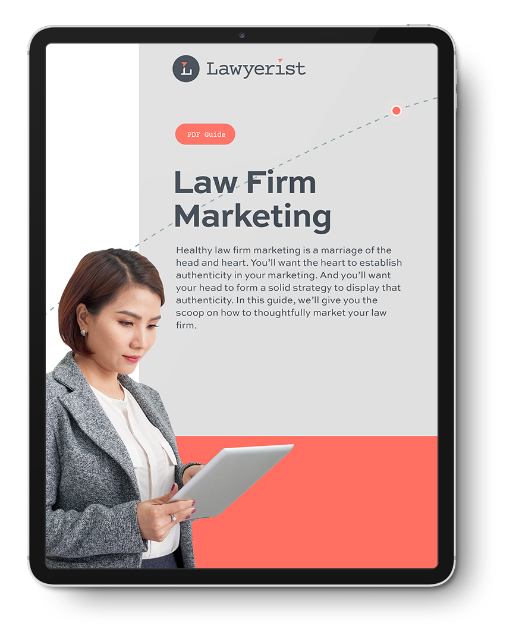Identifying Your Law Firm Branding
Justie Nicol, a former member of Lawyerist Lab (our coaching program for Lawyers) knows her brand. She runs one of the only all-female criminal defense firms in Colorado – and she’s loud and proud about it. Her branding colors are pink and black for a mixture of feminine and badass. It’s incredibly effective.
Yours can be effective, too. Let’s dive into five simple steps you can take to start identifying your law firm’s brand.
01. Specify Why Your Firm Exists
As an attorney, why do you do what you do? This question goes so much deeper than practicing law. Get very specific.
For example, an immigration attorney might say their mission is to help clients achieve their dream of becoming U.S. citizens. Or, a divorce attorney might say their mission is to help clients find the hope and support individuals need to create a new life. These reasons are part of your branding.
02. Discover Your Law Firm’s Values
Your values define your firm, from how you design your firm’s culture to building your brand. To set your values, consider the goals your firm wants to achieve. Next, select values that, if followed, will help you achieve those goals.
03. Understand Your Unique Value Proposition
Your unique value proposition (UVP) is a statement that communicates the services you offer, how they solve your clients’ needs, and what makes you different from the competition.
To define your UVP, answer these questions:
